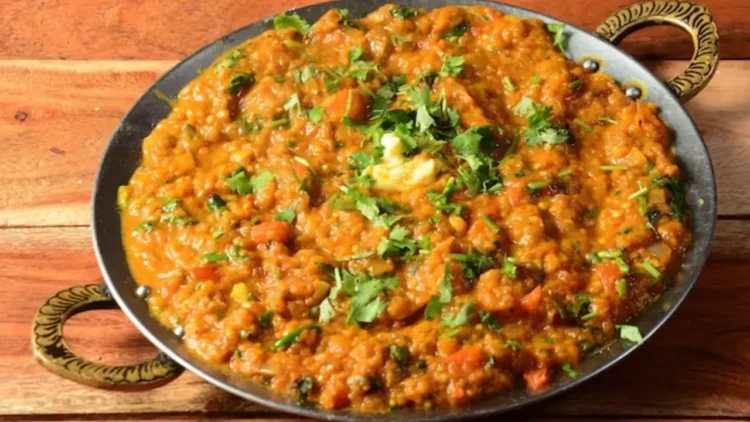Special for Earth Day: Five Indian Recipes With Nearly No Carbon Footprint
On this Earth Day, we take some time to consider the actions that negatively impact our environment and to consider solutions that will save future generations from having to bear the consequences of our errors. Many individuals think that large enterprises should be in charge of protecting the environment. What little action may a person do to address the larger issue? Our carbon footprint is the response to it.

What connection does it have to food, though? That brings us full circle to the environmental aspect: greenhouse gas emissions are created throughout the growing, raising, farming, processing, shipping, storing, cooking, and disposing of of the food you consume. Additionally, purchasing such food unintentionally increases your carbon impact. We need to be mindful, lessen our carbon imprint, and engage with the cycle. These five Indian recipes might assist you in lessening your carbon impact.
1. Baingan Ka Bharta: Indian homes have traditionally served this delectable and healthful meal. This cuisine, which is native to India and is produced locally there, not only helps you reduce your carbon footprint but also supports and grows the local economy. It’s easy to prepare Baingan Bharta; just roast the eggplant until it becomes tender, and then gently peel off the charred skin. The soft eggplant flesh may then be combined with other roasted or boiled vegetables, such as tomatoes and onions. Garam masala, cumin powder, and chill powder can then be added for flavor. Serve the dish with your preferred fluffy bread.
2. Bhindi Ladyfinger is a common household item from India that can help you detoxify your diet. It is also reasonably priced and comes from a locally cultivated plant, which lowers your carbon impact. This is one of the few foods that people learn to make initially since it is so simple to produce. Finely chop the ladyfingers and add the onions, green chillies, and tomatoes. In a skillet with little to no oil, fry the ladyfingers, onions, and tomatoes. Then, add the tamarind, chill masala, cumin powder, and garam masala. You may eat the masala and veggies with rice, daal, and bread after the vegetables are tender.
3. Khichdi Daal
Since it is low in masala and simple to digest, many may consider this a meal best served cold, even though it gives the ill person all the nutrients they need. Along with benefiting you, this all-around meal will also assist the environment. There are various variations on the classic daal khichdi, but all you need is rice, water, and any kind of lentil (ideally moong). Add all three to the pan; keep in mind that khichdi is runny, so add a lot of water; season with salt, pepper, and tamarind; if you want spicy food, add the chilli masala; then pressure cook everything. After that, you may enjoy this delicious, nutritious Khichdi.
4. Paneer palak
This cuisine, which originates from the state of Punjab, is prepared for parties and special events at home and is not only delicious, healthful, and carbon footprint-friendly. Paneer may be made at home, but it can also be made using store-bought paneer. It’s a rather simple procedure.
To make your own paneer, just bring some milk to a boil in a skillet, add some food acid (like lemon juice), and then, when the curds separate from the whey, squeeze out the remaining material using a towel. It takes a bit longer since you need to purée the palak and then combine it with a variety of spices, onions, and tomatoes. After adding the fried paneer, you have a delicious and nutritious meal.
All Indians adore their biryani, but did you know that 100 grams of chicken equals 1.82 kg of carbon dioxide, or, to put it another way, 9.3 km of driving? How therefore are we to savor the same dish? naturally, along with veggies. Since the rice is the focal point of the meal, it must be flavorful and fragrant, and all of the veggies should be marinated in spices like biryani, garam masala, and chili masala.
After soaking the rice for 20 to 30 minutes, chop the variety of veggies you want to include in the meal. Add oil, garlic, bay leaves, green chilies, onions, cumin seeds, and a cinnamon stick to a pan. Add the veggies and your plenty of masala after the onions become transparent. Add water to the mixture after adding a good amount of spices. After adding the veggies to the skillet with the soaked rice, cover and cook for 15 to 20 minutes. You may now have your delicious and healthful vegetarian biryani at home.







